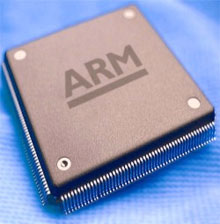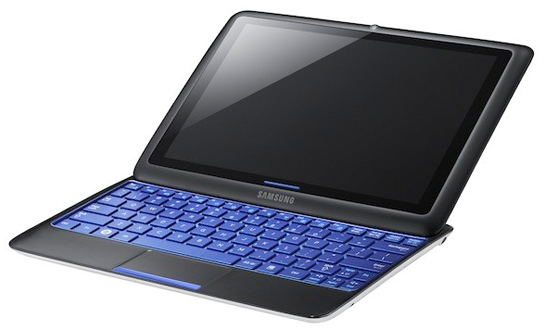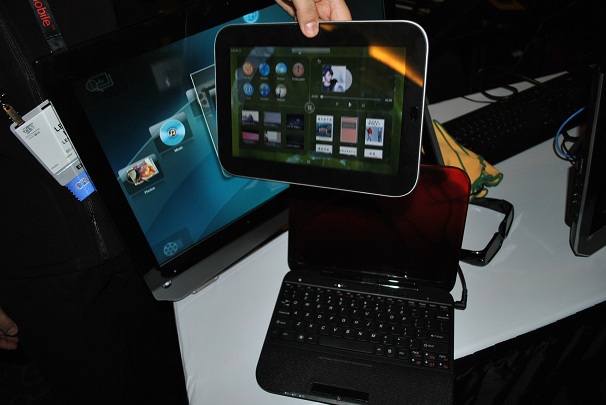 Numerous news sources are reporting that Microsoft plans to demo a version of Windows that runs on low-power ARM chips–rather than the x86 processors that Windows has been (mostly) synonymous with since its inception–at CES next month. Here are reports from Ian King and Dina Bass of Bloomberg, Don Clark and Nick Wingfield of the Wall Street Journal, and Ina Fried of All Things D.
Numerous news sources are reporting that Microsoft plans to demo a version of Windows that runs on low-power ARM chips–rather than the x86 processors that Windows has been (mostly) synonymous with since its inception–at CES next month. Here are reports from Ian King and Dina Bass of Bloomberg, Don Clark and Nick Wingfield of the Wall Street Journal, and Ina Fried of All Things D.
I was startled by the news–until I thought it over, whereupon it didn’t seem so surprising any more. For decades, x86 processors (mostly from Intel and AMD) have been inside most computers that mattered, and so the fact that Windows ran on them was a virtue. (In fact, when Microsoft ported Windows NT to other CPUs in the 1990s–DEC’s Alpha and MIPS–the new versions turned out to be irrelevant, and so the company pulled the plug.)
But what happens if tablets and other new-wave computing devices become serious rivals to traditional PCs? x86 as it stands today isn’t especially well-suited to tablets, since it wasn’t designed from the ground up for energy efficiency and small form factors. (That was supposedly one reason why HP pretty much lost interest in its own Windows tablet and bought Palm’s Web OS.)
Continue Reading →

 With so many mobile PCs hitting the market, hardware makers are doing all they can to differentiate their products, a trend particularly evident right now among tablets vying to unseat Apple’s iPad. Samsung is differentiating to the hilt with two Windows 7 mobile PCs unveiled on the eve of CES: a new “slider” tablet PC, and a slimline ultraportable notebook.
With so many mobile PCs hitting the market, hardware makers are doing all they can to differentiate their products, a trend particularly evident right now among tablets vying to unseat Apple’s iPad. Samsung is differentiating to the hilt with two Windows 7 mobile PCs unveiled on the eve of CES: a new “slider” tablet PC, and a slimline ultraportable notebook.
 Of all the CES 2010 tablets that turned to vapor, Lenovo’s IdeaPad U1 Hybrid was my favorite. So I was delighted to see the dual-processor, dual-OS tablet-laptop back at CES 2011 on Tuesday, in the same pre-show event at which it debuted last year.
Of all the CES 2010 tablets that turned to vapor, Lenovo’s IdeaPad U1 Hybrid was my favorite. So I was delighted to see the dual-processor, dual-OS tablet-laptop back at CES 2011 on Tuesday, in the same pre-show event at which it debuted last year.

 One of the things that will define this year’s
One of the things that will define this year’s  Numerous news sources are reporting that Microsoft plans to demo a version of Windows that runs on low-power ARM chips–rather than the x86 processors that Windows has been (mostly) synonymous with since its inception–at CES next month. Here are reports from
Numerous news sources are reporting that Microsoft plans to demo a version of Windows that runs on low-power ARM chips–rather than the x86 processors that Windows has been (mostly) synonymous with since its inception–at CES next month. Here are reports from  Time for another
Time for another